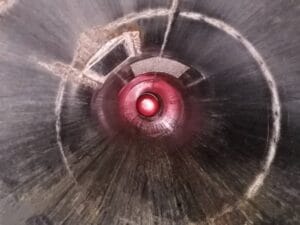
Pipe pigging refers to the use of a device or tool called a “pig”. Sometimes we also call the tool a pipe-leaning pig. The pig is suitable for a variety of pipe testing operations on new and existing pipes. For existing operating pipelines, pigging is usually performed without stopping the product flow in the pipeline. Pipeline Pigs are available in various materials, such as polyurethane and rubber.
The English name of the product is Pig. The reason is unknown, but one theory is that leather pigging tools are used to make a squeal like a pig’s bark when passing through the pipe. There is also a theory that when the impurity discharge port is opened, the pig is in the middle of a pile of mud, like a pig lying in the mud.
Working Principle of Pipeline Pigs
The working principle of the pig is to send the pig into the crude oil pipeline and make it move in the pipeline with the crude oil transport. The contact part between the pig and the pipe wall is usually made of elastic material. Usually, the diameter is slightly larger than the pipe diameter, so that the outer edge and the inner wall of the pipe can be elastically sealed in the pipe. When the pipeline transport medium pushes the pig forward, the pig will have a scraping and scouring effect on the pipe wall. This can remove scale or sediment from the pipe. When the pig reaches the other end of the pipe, the pipe is removed from the receiving station and isolated by the cut-off valve.
| Name | Pipeline Pig |
| Material | 1. Steel framework main body. |
| 2. The disc material is available for Polyurethane, Viton, Neoprene, Nitrile butadiene, etc. | |
| 3. The cup material is available for Polyurethane, Viton, Neoprene, Nitrile butadiene, etc. | |
| 4. Steel brush or nylon brush. | |
| Features | 1. Firstly, good wearing resistance. |
| 2. Secondly, strong passing ability. | |
| 3. Nice cleaning performance. | |
| 4. Then accurate location and tracking. | |
| 5. At last, a low rate of false positives. | |
| Packing way | Packed pipe cleaning pigs with inner plastic film and outer plywood wooden case. |
| Payment | TT/LC |
| Advantages | 1. Firstly, good sealing performance. |
| 2. Secondly, high wear resistance. |
Application Occasions and Working Conditions
Pipeline Pigs are used in new pipelines to remove building debris that may accumulate during the pipeline construction phase. In some cases, such as high-pressure gas transmission lines, pig is also used to further clean and dry the pipeline. The pig can remove residual moisture, rust, scale, and debris to meet the relevant pipeline design specifications.
Typical Pipeline Pigging Conditions
Water pipeline: removal of mud, scale, sediment, calcium carbonate, ferro manganese, biofilm, bacteria and other contaminants;
Pulp process pipeline: remove calcium carbonate, ferromanganese, particles, scale, rust, and other debris;
Crude oil pipeline: removal of wax, sand, bacterial formations, chemical residues, scale, rust, and other impurities;
Gas pipeline: removal of construction waste, water, rust, and scale;
Gas pipeline: removal of iron oxide, iron sulfide, and iron carbonate;
Process piping: Removal of contaminants, product residues, and other impurities.
Carbon steel, stainless steel, duplex steel, cast iron, plastic, PVC, and other materials pipes are common. You should consider additional factors such as the number and type of pipe bends, number and type of valves, inner diameter, end connection, flow rate, medium type, pressure rating, operating temperature, pipe length, pipe height, downstream flow, and debris disposal. You should complete pipe cleaning based on the analysis of site conditions and combine it with site experience.
Functions of Pipeline Pigs
The condensate, wax, and scale inside the pipeline can be removed to reduce the oil back pressure, wear resistance, and oil temperature.
3. Chemical materials and edible oil pipelines: clean up the pipelines with cohesive materials. Isolation of different pipe transport media to achieve single pipe multi-product transport, metering pipe transport media.
4. Sectional pigging line sweeping pressure test: remove pipeline debris, floating rust, drainage, and exhaust.
5. Total pipe pigging pressure test: detect pipeline deformation and construction quality. Exhaust before hydraulic test, drain before production, dry, medium isolation.
6. Water transmission and injection pipeline: remove scale and sediment.


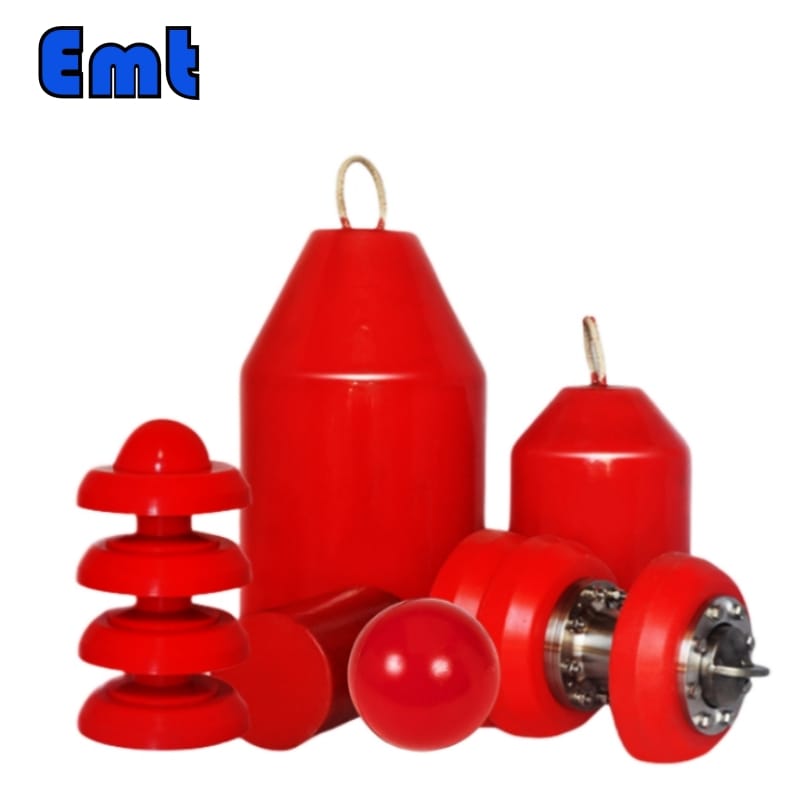
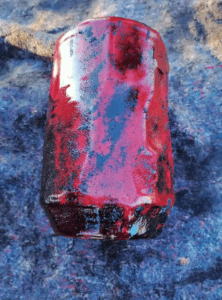
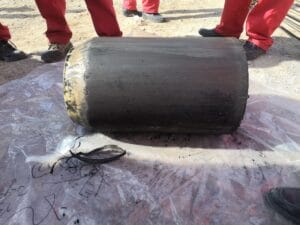
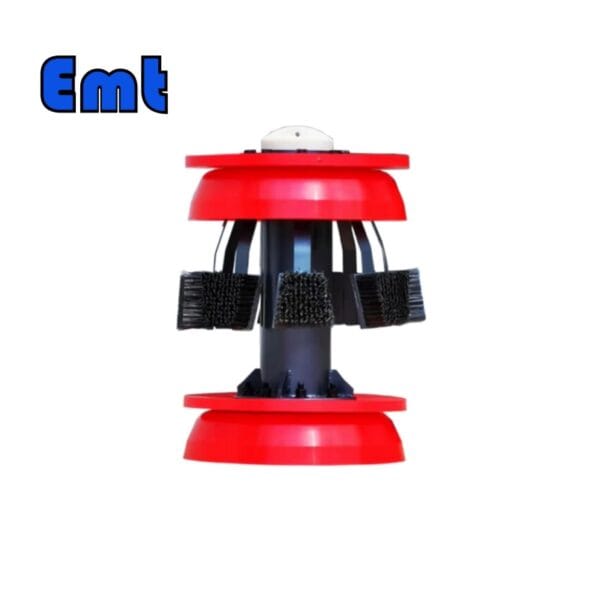
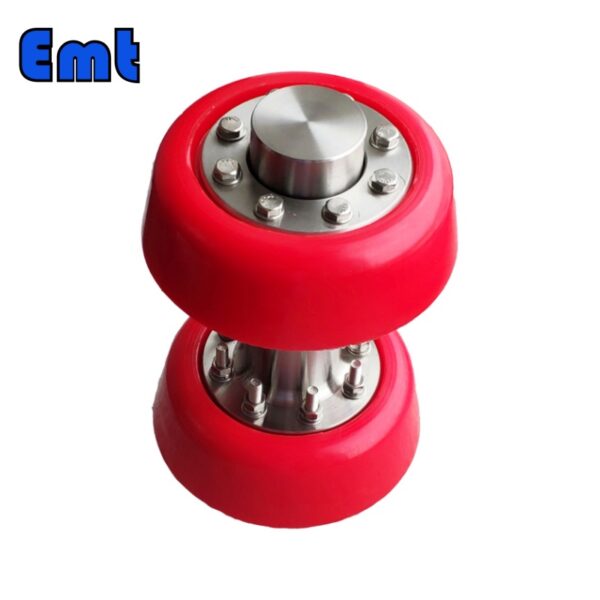
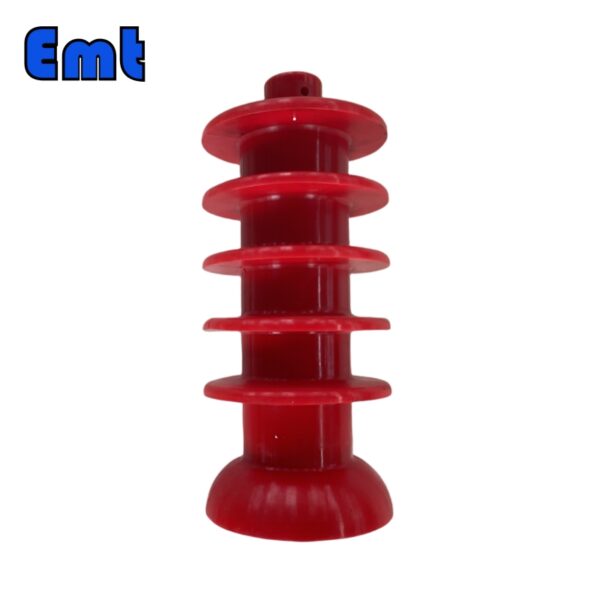
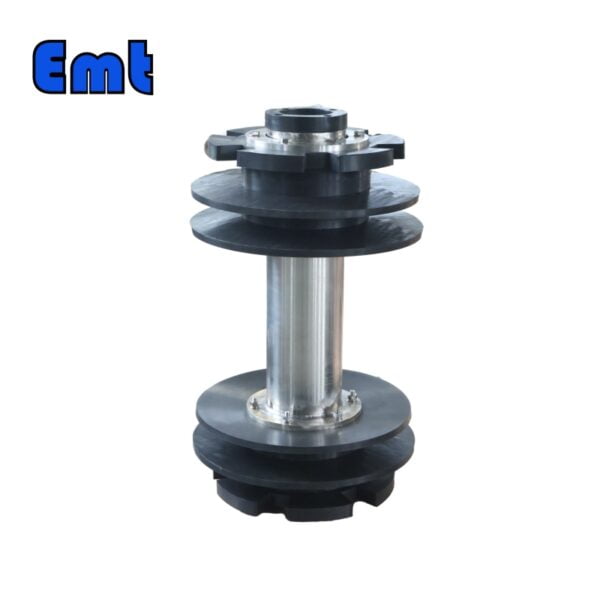
There are no reviews yet.